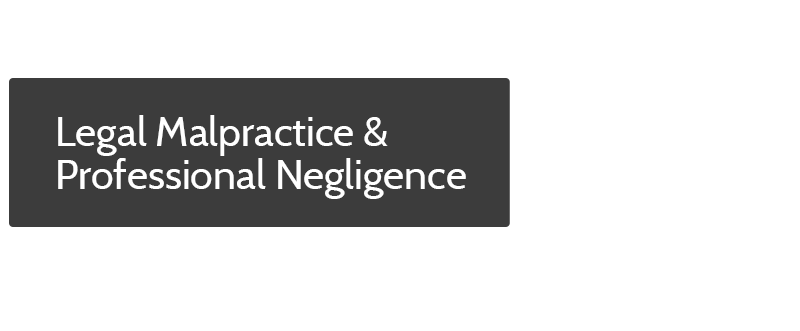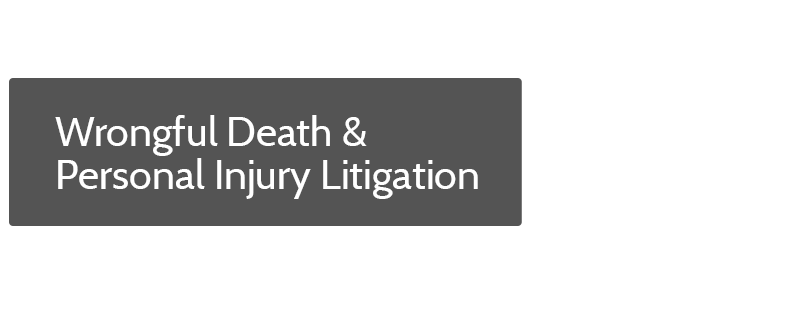“Secondary Assumption of Risk” in Comparative Negligence
WHAT IS SECONDARY ASSUMPTION OF THE RISK?
“Secondary assumption of the risk” is a legal doctrine which applies when a defendant’s actions violate a duty of care to the injured plaintiff, but the plaintiff knowingly proceeds with an activity despite an awareness of the inherent (or increased) risk.
In California, secondary assumption of the risk is assessed with, and merged into, the idea of comparative negligence or comparative fault. Secondary assumption of the risk situations do not, of themselves, bar the plaintiff from recovering damages for an injury. However, where secondary assumption of the risk situations are present, the jury (or judge, in a bench trial) is allowed to adjust the amount of damages received to offset the percentage of “fault” attributable to the plaintiff. In these evaluations, the plaintiff’s “percentage fault” is determined by evaluating the plaintiff’s awareness, and knowing assumption, of the risk.
HOW WILL COURTS EVALUATE SECONDARY ASSUMPTION OF THE RISK?
First, there must be a determination that the risk is actually secondary assumption of the risk–meaning that the defendant did owe, and breach, a duty of care to the plaintiff.
Next, the plaintiff’s conduct must be evaluated, to determine whether the plaintiff made a choice to engage in conduct which involved encountering and accepting a risk. Note that courts will not generally evaluate whether or not the plaintiff’s decision was “reasonable.”
Analysis will normally include an examination of any contractual waivers or other limitations of liability. This is important because a written waiver or assumption of risk normally acts as a complete bar to the plaintiff’s recovery. In fact, written waivers generally eliminate the defendant’s liability for negligence, even–in many cases–where a duty existed and was breached. In other words, a written waiver can sometimes change a plaintiff’s otherwise secondary assumption of the risk into a primary assumption of the risk.
Over the next week or so, we’ll take a closer look at waivers of liability–when they effectively cause a plaintiff to assume the risk of injury, and when the law steps in to prevent a defendant from discharging his or her duty of care in writing.
***
DISCLAIMER: This article is intended for informational purposes only, does not constitute legal advice to any person or entity, and does not create an attorney-client relationship with any person or entity. Negligence law and defenses are a complex legal topic, and no single article can provide complete or comprehensive coverage or information about this or any other legal topic or issue. Your personal liability may differ, based on your individual facts and circumstances. If you believe you have a legal claim or issue, or wish to know more about your individual rights, consult an experienced attorney without delay.














